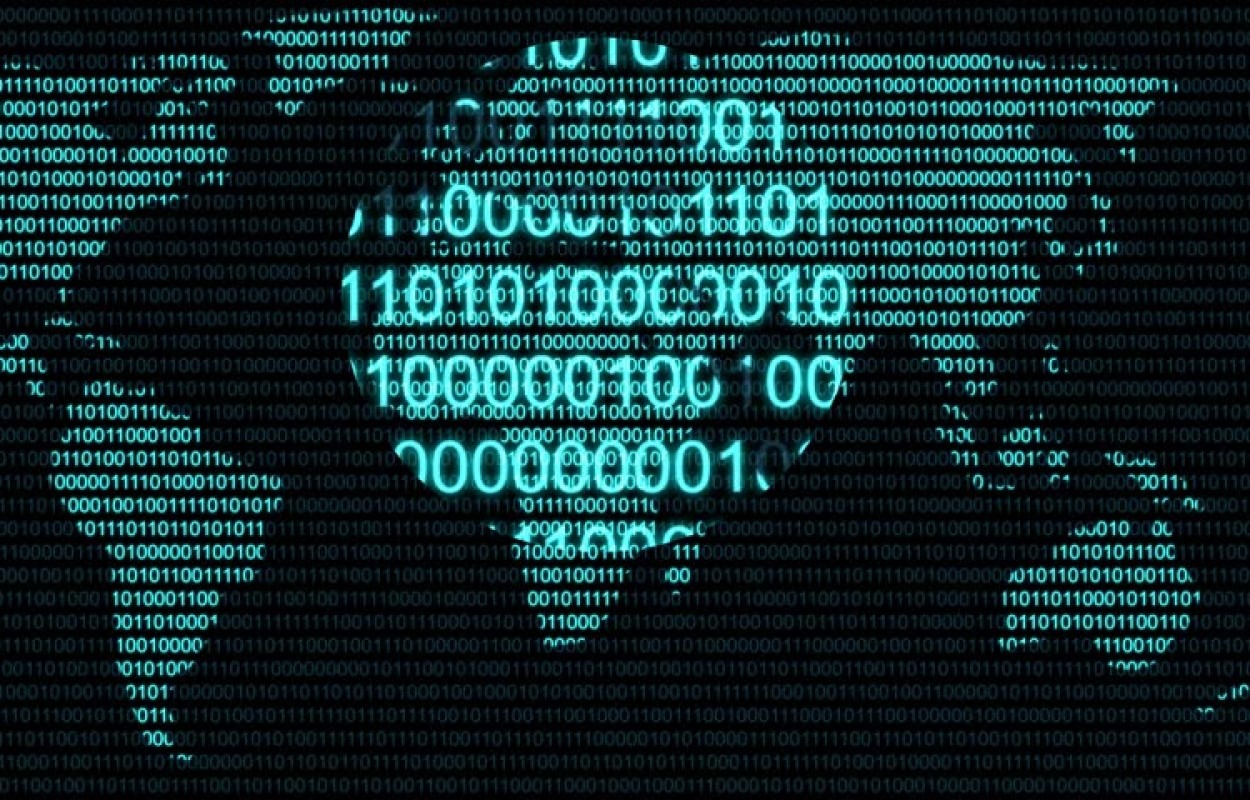Need insights into successful data management planning (NIH, NASA, NSF, etc.) ?
See our funder requirements and write a data management plan pages for more information. Still have questions? Contact Data Management Services at data-management@mit.edu. We can help!
We partner with the MIT research community to manage, store, and share data and information they produce.
Learn more about MIT’s commitment to research data management from the MIT Research Data Principles.
Make a plan
- Why manage your data?
- Write a data management plan
- Other guides to data management
- Meet funder requirements
Store your data
- Organize your files
- Back up & secure your data
- Use documentation & metadata
- Use file formats for long-term access
- Electronic Lab Notebooks (ELNs)
- Open Science Framework (OSF)
Share your data
- Find a data repository
- Meet journal requirements
- Learn about confidentiality & intellectual property
Learn more about our services and our team.
Research data
Research data means data [or information] in the form of facts, observations, images, computer program results, recordings, measurements, or experiences on which a research output — an argument, theory, test or hypothesis, or other output — is based. The term “research data” relates to data generated, collected, or used during research projects, and in some cases may include the research output itself. Data may be numerical, descriptive, visual, or tactile. It may be raw or primary (e.g., direct from measurement or collection) or derived from primary data for subsequent analysis or interpretation (e.g., cleaned up or as an extract from a larger data set), or derived from existing sources where the rights may be held by others. Data may be cleaned or processed, analyzed, or published and archived, and may be held in any format or media. In many disciplines, understanding the research data may by necessity require inclusion of other research products such as software, algorithms, models, and/or parameters that are processed or trained by, or used with, raw or primary data to arrive at the research outcome. A complete research data package may also incorporate documentation required to understand the data and/or its use, in addition to the raw data to which the software, algorithm, or model is applied. It should be noted that intellectual property rights associated with the various elements of a complete research data package may be managed separately or distinctly from each other.
